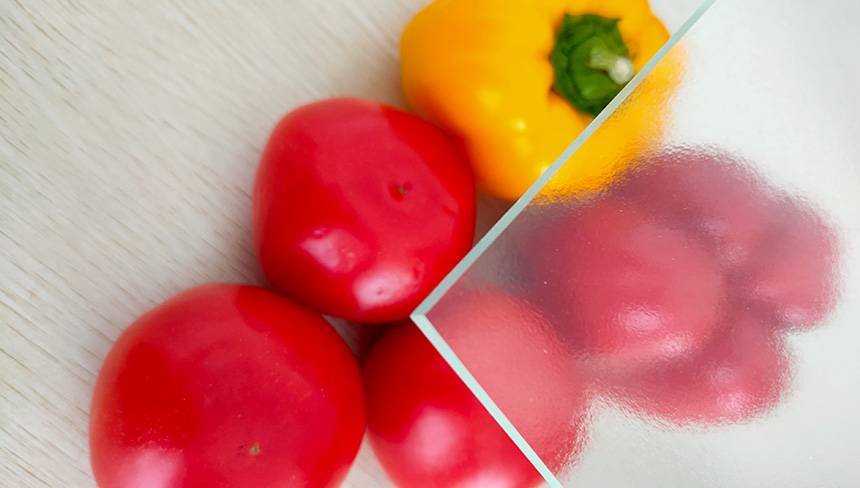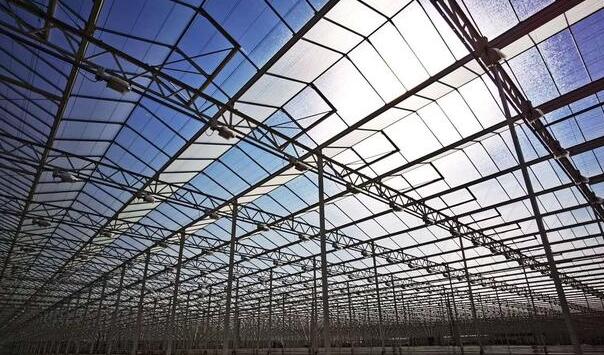
How to choose anti-reflective glass and ordinary glass for glass greenhouse
Many glass greenhouse owners face the same problem when choosing top glass, how to choose anti-reflective glass and ordinary glass, what are the benefits of anti-reflective glass, and what are the differences between the two.

The industry mainly chooses products that are suitable for itself according to actual needs. Firstly, it chooses products with high cost performance in consideration of many factors such as climatic conditions, crops and investment capabilities. The advantages of anti-reflection and high-transmittance glass over other ordinary glass are mainly as follows:

Light transmittance effect
The light transmittance of anti-reflective glass can reach 97%, and it is mainly used as roof material for agricultural greenhouses. It has the effect of increasing the light transmission rate and enhancing the light intensity, while the ordinary glass (ultra-white glass) is only 91%, not to mention the float blue glass, and the light transmittance is even lower. The difference of 6% light intensity brings a 20% benefit effect.
Technology cost
Anti-reflective glass, like its name, uses anti-reflective technology. The anti-reflective layer is etched on the surface of the glass with chemicals. Increase the transmission of light effects, while ordinary glass is not treated. The technical cost is convenient, and the investment in anti-reflective glass is greater.
Raw materials
The anti-reflective glass uses high-quality low-iron quartz sand with iron content less than 120ppmFe2O3. The whiter the anti-reflective glass is made at the end of the month, the better the effect. Float glass looks blue because of its high iron content.
Tags:anti-reflective glass diffuse glass agricultural greenhouses glass greenhouse venlo greenhouse AR glass greenhouses glass agricultural glass horticultural glass #greenhouseglass #Antireflectiveglass #Diffusetemperedglass #Ultrawhitefloatglass #agriculturalgreenhouseglass #diffuseglass #horticulturalglass #Tomatogreenhouse #Coloredpeppergreenhouse #Lettucegreenhouse #Agriculturalgreenhouse #ARglass #venlogreenhouse #greenhouseglass #Antireflectiveglass #Diffusetemperedglass #Ultrawhitefloatglass #agriculturalgreenhouseglass #diffuseglass #horticulturalglass #Tomatogreenhouse #Coloredpeppergreenhouse #Lettucegreenhouse #Agriculturalgreenhouse #ARglass #venlogreenhouse #GlassManufacturer #invernadero #ArchitecturalGlass #ClearFloatGlass #FloatGlass
Previous:Diffuse glass through better light transmission and reduce heat stress
Next:Which greenhouse anti-reflective glass process film is easy to fall off



















